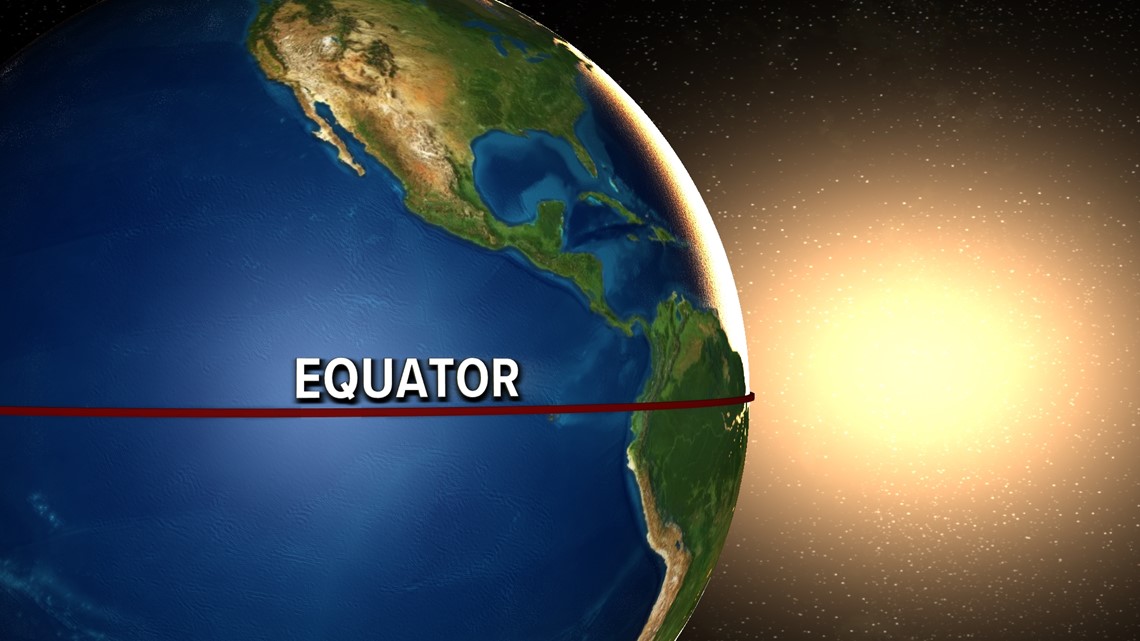The Boiling Ocean – Marine Heatwaves and Coral Bleaching: In the year 2050, we may look back at the 2020s and realize this was the decade we lost the oceans — or saved them. The warning signs were already here, flashing like distress beacons through the turquoise waters of the tropics. Today, the oceans are heating not by fractions of degrees over centuries, but by full degrees within a few seasons. What was once called an “anomaly” is now a new normal. This isn’t just climate change. It’s ocean disruption. And the most visible, most tragic symptom of it? Coral bleaching.
Let’s be clear: we are boiling the ocean.
What Is a Marine Heatwave?
Marine heatwaves are extended periods — days to months — where sea surface temperatures soar above their normal range. Unlike storms, they leave no dramatic cloud patterns. No towering waves or coastal destruction. Their damage is quieter — but deeper, longer-lasting. They cook ecosystems from the inside out. Like invisible fires under the water, they strip the ocean of its life-support systems.
And unlike land heatwaves, there is no escape. Fish can’t just “sweat it out.” Coral reefs can’t migrate. Plankton doesn’t get AC. When ocean waters heat beyond 1–2°C above average for extended periods, even for just a few weeks, everything begins to unravel.
Coral Reefs: The First to Fall
Coral reefs are among the oldest and most complex ecosystems on Earth. They occupy less than 1% of the ocean floor but support more than 25% of all marine species. They are also collapsing — right now.
When water gets too hot, corals expel the symbiotic algae (zooxanthellae) that live within their tissues. These algae not only give corals their vibrant colors but also provide them with up to 90% of their energy. Without them, corals starve, whiten, and die. This is coral bleaching.
Since the 1980s, we’ve seen mass bleaching events become more frequent, more severe, and more widespread. In 1998, the world was shocked by the first global bleaching event. By 2016, the Great Barrier Reef suffered back-to-back events so intense that satellite images showed entire reef sections bleached white like skeletal remains. In 2023 and 2024, marine heatwaves swept through the Caribbean, South Pacific, and parts of the Indian Ocean, devastating reefs that had survived past onslaughts. Scientists now fear we are entering a near-permanent bleaching state.
The Ocean is a Giant Battery — And It’s Overheating
What most people don’t realize is that the ocean has absorbed over 90% of the excess heat trapped by greenhouse gases since the industrial era began. In a way, it has protected us from even more extreme warming on land — but at a terrible cost. The upper layers of the ocean are warming faster than models predicted. In 2023, the North Atlantic shattered all temperature records. Off the coast of Florida, temperatures briefly touched 38°C (100°F) — a literal hot tub where corals once thrived.
Heat doesn’t stay still in water. It circulates, disrupts currents, changes the timing of plankton blooms, alters fish migration routes, and devastates food chains. A marine heatwave in one region may trigger famine, economic collapse, or geopolitical conflict thousands of kilometers away.
The Human Connection
It’s not just a tragedy for the fish. Over a billion people depend on coral reefs for food, income, and coastal protection. In places like Indonesia, the Maldives, the Philippines, and much of the Caribbean, tourism and fisheries are intertwined with reef health. When reefs bleach and die, livelihoods vanish. Storm surges become deadlier without the natural barrier reefs provide.
Furthermore, reefs are home to some of the most promising marine compounds used in pharmaceuticals — including treatments for cancer, HIV, and inflammation. We are burning the library of the sea before we even finish reading the first chapter.
The Future We Must Choose
As a future-oriented thinker, I don’t ask if coral reefs will survive. I ask: which reefs will survive, and how do we help them?
Some coral species show signs of thermal resilience — surviving temperatures that once would have been lethal. Researchers are exploring assisted evolution, using heat-resistant corals to repopulate damaged reefs. Technologies like cloud brightening (reflecting sunlight away from reefs) and reef shading are in early trials. Local conservation efforts — reducing overfishing, pollution, and coastal destruction — can buy time. But the real solution is global: cut emissions. Cut them fast. Deeply. Permanently.
Without urgent action, over 90% of the world’s coral reefs may be gone by 2050. But if we limit global warming to 1.5°C, models show we could preserve up to 30% — enough to recover, rebuild, and rewild.
Reimagining Ocean Stewardship
The ocean is not an infinite sink. It is not a background. It is the heart of Earth’s climate system, the birthplace of life, and the key to our survival. In a future worth living in, marine heatwaves will be part of our climate vocabulary — but no longer a death sentence.
The time to act is now — not in another IPCC report, not after another bleaching event, not when the oceans are too acidic, too hot, and too dead to support life. We must rewrite our relationship with the sea. From exploitation to regeneration. From ignorance to deep stewardship.
Because a boiling ocean won’t just take the corals.
It will take the planet with it.



